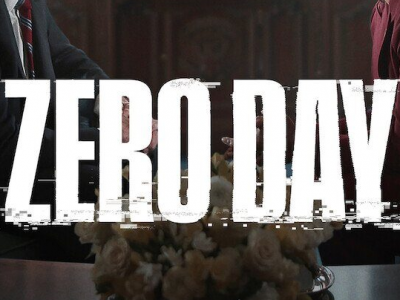The Olympics is an international spectacle, celebrated for bringing together the world’s finest athletes. Behind the scenes, however, is an intricate web of risk management practices designed to ensure the safety, security, and smooth operation of the Games. The Olympic Games face a plethora of risks ranging from security threats, political unrest, and natural disasters, to public health concerns. Managing these risks is a monumental task that requires meticulous planning, strategic foresight, and robust execution. This article explores how the Olympics addresses risk management, illustrating with examples from past Games. You can develop risk intelligence across your organization too – explore IRM’s global programs for your teams here.
The Olympic Risk Management Framework
The International Olympic Committee (IOC) has a comprehensive approach to risk management, rooted in the following key areas:
- Strategic Risk Planning: Long before the torch is lit, risk managers are assessing potential threats and developing strategic plans to address them.
- Operational Risk Control: This involves day-to-day management of risks during the Games, ensuring that operations run smoothly.
- Financial Risk Mitigation: The IOC and host cities must manage financial risks related to costs and investments associated with hosting the Games.
- Reputation Management: The IOC is acutely aware that any mishap can tarnish the brand of the Olympics, and takes steps to protect its image.
- Compliance and Governance: Ensuring that the Games comply with legal standards and ethical practices is paramount to their integrity.
Examples of Olympic Risk Management
- Security Risks
Example: London 2012 Olympics
Post 9/11, the threat of terrorism became a primary concern for Olympic risk managers. During the London 2012 Olympics, the UK government worked closely with international intelligence agencies to monitor potential threats. They deployed anti-aircraft missiles, had a Royal Navy warship on the River Thames, and established a no-fly zone over London. The operation was the UK’s largest peacetime security operation, costing approximately £553 million and involving 18,200 armed personnel.
- Natural Disaster Risks
Example: Japan 2020 Olympics (held in 2021)
Japan is prone to earthquakes, tsunamis, and typhoons. For the Tokyo Games, Japan’s risk management included earthquake-proofing infrastructure, creating tsunami evacuation plans, and installing high-tech monitoring systems to provide early warnings.
- Health Risks
Example: Rio 2016 Olympics – Zika Virus
The Rio 2016 Olympics faced a public health risk due to the outbreak of the Zika virus. In response, the IOC monitored the situation with the World Health Organization (WHO) and disseminated preventive guidelines. They also moved events to the cooler winter months, when mosquito activity was minimal.
Example: Tokyo 2020 Olympics – COVID-19
The unprecedented COVID-19 pandemic led to the postponement of the Tokyo 2020 Olympics, marking a historical first. The subsequent year saw rigorous health protocols including regular testing, contact tracing, and creating a bio-secure bubble to minimize the risk of infection.
- Political and Social Risks
Example: Sochi 2014 Olympics
The Sochi Winter Olympics were overshadowed by political risks including international tensions over Russia’s anti-LGBTQ laws and geopolitical conflicts. The IOC had to navigate diplomatic challenges while ensuring the safety of participants and spectators, which involved extensive dialogue with stakeholders and advocacy for non-discrimination.
- Technological Risks
Example: PyeongChang 2018 Olympics – Cybersecurity
Technological risks, particularly cybersecurity, have become a growing concern. During the Pyeongchang 2018 Winter Olympics, organizers faced a cyber-attack during the opening ceremony. The risk management team had contingency plans in place that minimized disruption and traced the breach.
The Olympic Games are a microcosm of global society, with all its complexities and uncertainties. The IOC’s approach to risk management is as multifaceted as the risks themselves, necessitating constant vigilance, innovation, and adaptation. The above examples are just a few instances where the IOC’s risk management protocols were put to the test, each presenting unique challenges and requiring tailored responses.
Looking ahead, the Olympics will continue to evolve its risk management strategies, incorporating new technologies, and learning from each edition of the Games. As the risks grow more sophisticated, so too will the measures to counteract them. From cyber threats to pandemics, the Olympics’ intricate dance with risk is a testament to the resilience and enduring spirit of this global event. The mission remains clear: to celebrate humanity’s quest for excellence while safeguarding the well-being of all involved.
The Institute of Risk Management is the premier global body for ERM qualifications, offering a 5-level certification pathway to professionals in over 143 countries, including India, enhancing organizational outcomes through top-tier risk education and thought leaderships. Click here to View the IRM’s Level 1 Global Examination.














